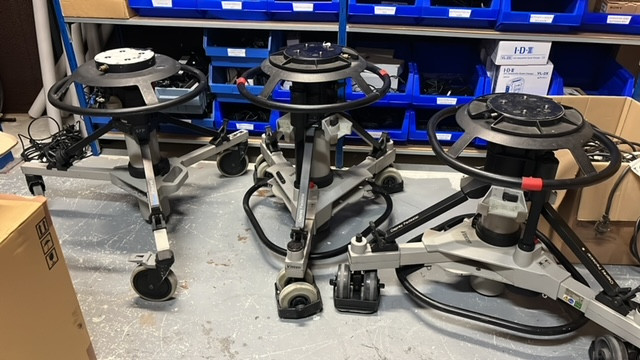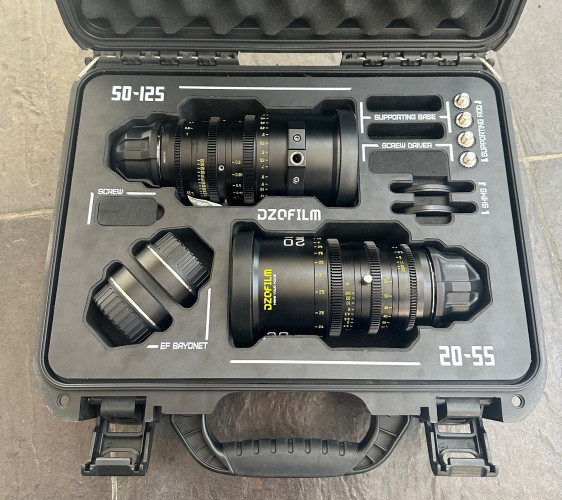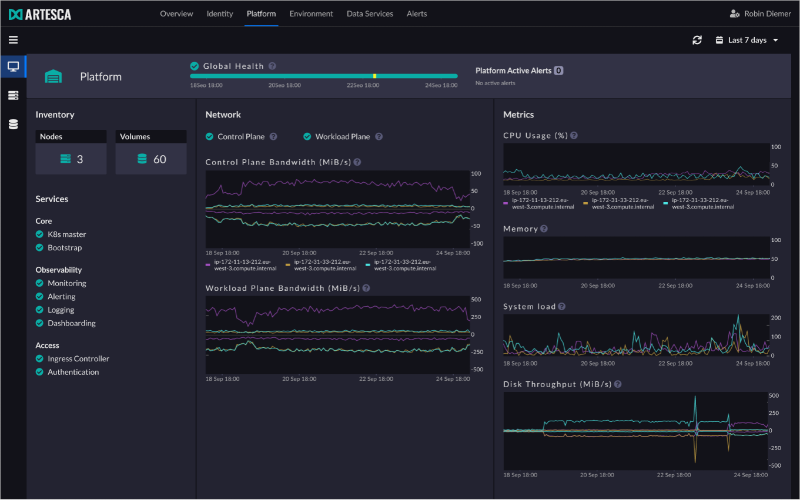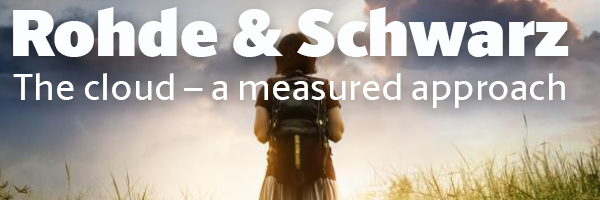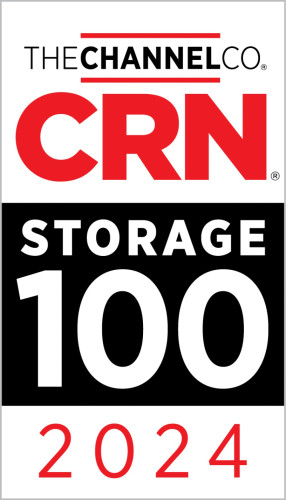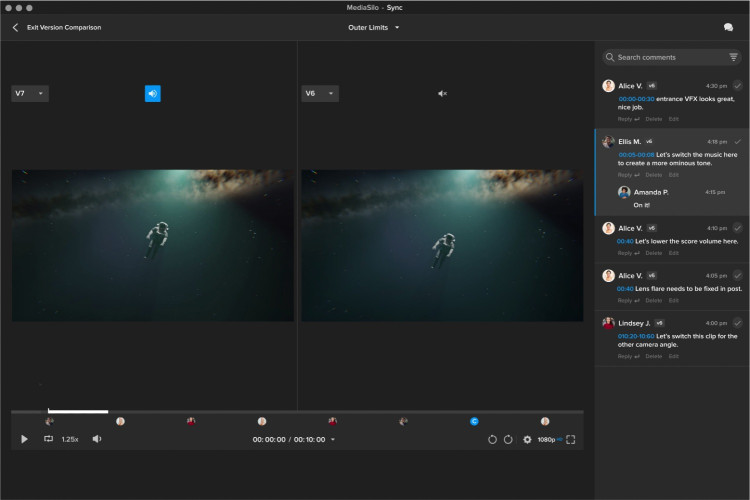It should not come as any surprise that people who specialise in one thing are not necessarily experts at other things. For example, and getting straight to the point, a great video editor cannot be expected to have the technical skills to securely store the edited master of his finished programme. The master is a valuable asset that is expected to be kept safe and sound. In days gone by, placing it on the shelf in an adjacent storeroom might have been OK but now that is hardly considered secure enough. Running off a copy and storing that somewhere else is good idea... but wait! Surely the editor is getting away from his prime skill – editing. The truth is that there now are many choices for storage and it is easy to access top-notch storage services via the internet – in the Cloud.
As we know it’s easy enough to see clouds in the sky, especially in the UK, but impossible to touch them. The internet’s Cloud is even more abstract – you cannot even see it. This may be why the idea of committing valuable video assets to such a remote thing as an invisible cloud has caused concern for some people. Their cry goes up, “I want to see my material on the shelf. Otherwise I don’t know where it is.” At this point you wonder if ‘the Cloud’ was really a good choice of name for a very wide area of networked computers. The name came from those network diagrams that used a cloud symbol to represent a computer network. Maybe it should never have been more widely used!
Today, networking allows us instantly to connect with other computers and so access their services. This offers a great opportunity to divide up all the many tasks to appropriate experts for each. And one of those can be the storage expert. Many of us have become our own storage experts, saving files to the hard disc and hoping the data will be there when we next need it. It’s not hard to automatically sync the main disc to an external drive... so you have two copies. But even then fire of theft might put both those out of reach. What makes sense is to use an expert who will store the data somewhere else. In an office the IT department might run this. But if that is in the same building... and so it goes on. At some point you have to decide how secure you want your data to be, how much you want to spend in achiving it, data speeds, volumes, access, etc.
The real storage experts are the data centres. Secure accessible storage is their business (not editing, production...) and they should be able to provide any level of service you wish. However data centres provide services for a very wide range of customers – such as banks. Hopefully they will understand the requirements needed to handle video. If not you might get into a difficult IT-meets-video conversation where each side knows what it can do, but does not really understand the needs and limitations of the other. It’s a bit like being presented with a computer without any applications software. There’s a bit of technology missing to let you work with a data centre.
Fortunately this gap has been bridged by an increasing number of service providers so that you can work with a user-friendly GUI or menu in web browser, and easily save and access your chosen video clips from the data centre – connected over the internet. Some such providers include familiar names such as Sohonet (www.sohonet.com ) that offers Cloud hosting together with very high-speed internet with up to 1 Gbit/s connectivity. Aframe (aframe.com) offers a very easy GUI and a collaborative environment for video production based on its Cloud servers. Watching their ‘Stone age’ video brings up the point of collaboration.
While it’s true that the Cloud does offer a new, very secure way to store footage; that is only the beginning. A collaborative production environment that can be accessed anywhere has the potential to change the way a whole production, TV station or network, media empire... can work. This was made very clear at NAB 2012 by Ramki Sankaranarayanan, CEO and Founder of Prime Focus Technologies. He noted that the technical departments have transferred to file-based workflows while production has not really changed. “Now we can put the content file at the centre of the workflow.” Then, with a suitable management framework, you can concurrently connect all pieces of the company, with everyone working on the same content. So creative teams, programming teams, promo teams, legal teams, marketing, broadcast operations, distribution, enterprise, new media, theatrical, subtitles... can share the same media file.
Clearly this is a completely different workflow to what happens in today’s ‘silo’ culture where each group works in isolation from the others with its own copy of the programme footage. Keeping everyone on track needs a great deal of communications, meetings, copies, administration, etc. Prime Focus has seen the potential of the Cloud and can enable all groups to work from the same shared file. It is very easy to understand the efficiencies this can bring to the workflow, enhancing speed and accuracy as well as providing potential for lowering costs. In this way storage in the Cloud is not just a different, safer place to store media but a first step towards new efficient workflows for production, and beyond.




